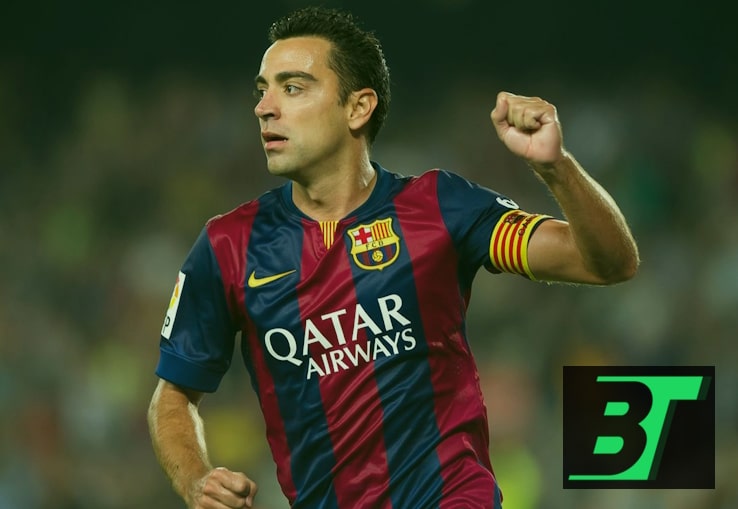
An in-depth look at Xavi Hernandez, the midfield genius whose intelligence and precision defined Barcelona and Spain golden era.
Xavi Hernandez was born in Terrassa, Catalonia, in 1980. From a young age, his understanding of football was exceptional. He joined FC Barcelona’s famed La Masia academy at just 11 years old, where he learned the principles of possession, movement, and spatial awareness that would later define his style. Influenced by the philosophy of Johan Cruyff and the structure of Total Football, Xavi quickly developed into one of the most intelligent midfielders of his generation.
Xavi made his senior debut for Barcelona in 1998, and even in his early years, his calmness on the ball and vision stood out. By the early 2000s, he had become a regular starter and an essential figure in the team. His precise passing and tactical discipline were central to the evolution of Barcelona’s style, which prioritized ball retention and positional play. Xavi’s ability to dictate tempo and control games from midfield made him indispensable, even as the team transitioned between managers and tactical systems.
The arrival of Pep Guardiola as manager in 2008 marked the beginning of a new golden era for Barcelona, and Xavi was at its heart. Alongside Andrés Iniesta and Sergio Busquets, he formed a midfield trio that redefined how football was played. Their short passing sequences and constant movement created what became known as “tiki-taka” — a style focused on control, patience, and precision. Xavi was the brain behind it all, orchestrating play with unmatched intelligence. Under his leadership, Barcelona won multiple La Liga titles, two UEFA Champions League trophies, and the FIFA Club World Cup, among many other honors.
Xavi’s influence extended to the international stage, where he was the cornerstone of Spain’s golden generation. From 2008 to 2012, Spain dominated world football, winning two European Championships and the 2010 FIFA World Cup. Xavi was instrumental in every success, dictating matches with his flawless passing and vision. His performance in the Euro 2008 final against Germany and his role in Spain’s ball-dominant tactics throughout the 2010 World Cup are among the finest examples of midfield mastery in football history. Xavi made over 130 appearances for Spain, embodying consistency, professionalism, and leadership.
Xavi was never the tallest or fastest player, but his intelligence set him apart. He read the game several moves ahead and executed passes with perfect timing. His style was simple yet devastatingly effective. He averaged some of the highest passing completion rates ever recorded, often exceeding 90%. Xavi was also a natural leader — not through shouting or aggression, but through example and composure. His influence changed the perception of what it meant to be a central midfielder, proving that intelligence and technique could dominate even the most physical opponents.
After leaving Barcelona in 2015, Xavi continued his career in Qatar with Al Sadd. There, he applied his vast football knowledge while still playing at a high level. After retiring, he became head coach of Al Sadd, leading the team to multiple domestic titles. In 2021, he returned to Barcelona as head coach, tasked with rebuilding the team and reintroducing the club’s traditional playing philosophy. His leadership off the pitch mirrors his influence on it — methodical, visionary, and deeply connected to the principles that define Barcelona’s identity.
Xavi Hernandez’s career represents the perfect blend of intelligence, discipline, and creativity. He transformed how football views the midfield role, proving that mental sharpness can outweigh physicality. Whether as a player or manager, Xavi continues to shape the future of football with his commitment to tactical excellence and pure love for the game. His legacy as one of the greatest midfield architects in history remains unquestioned, inspiring generations of players to play the game with thought, precision, and elegance.